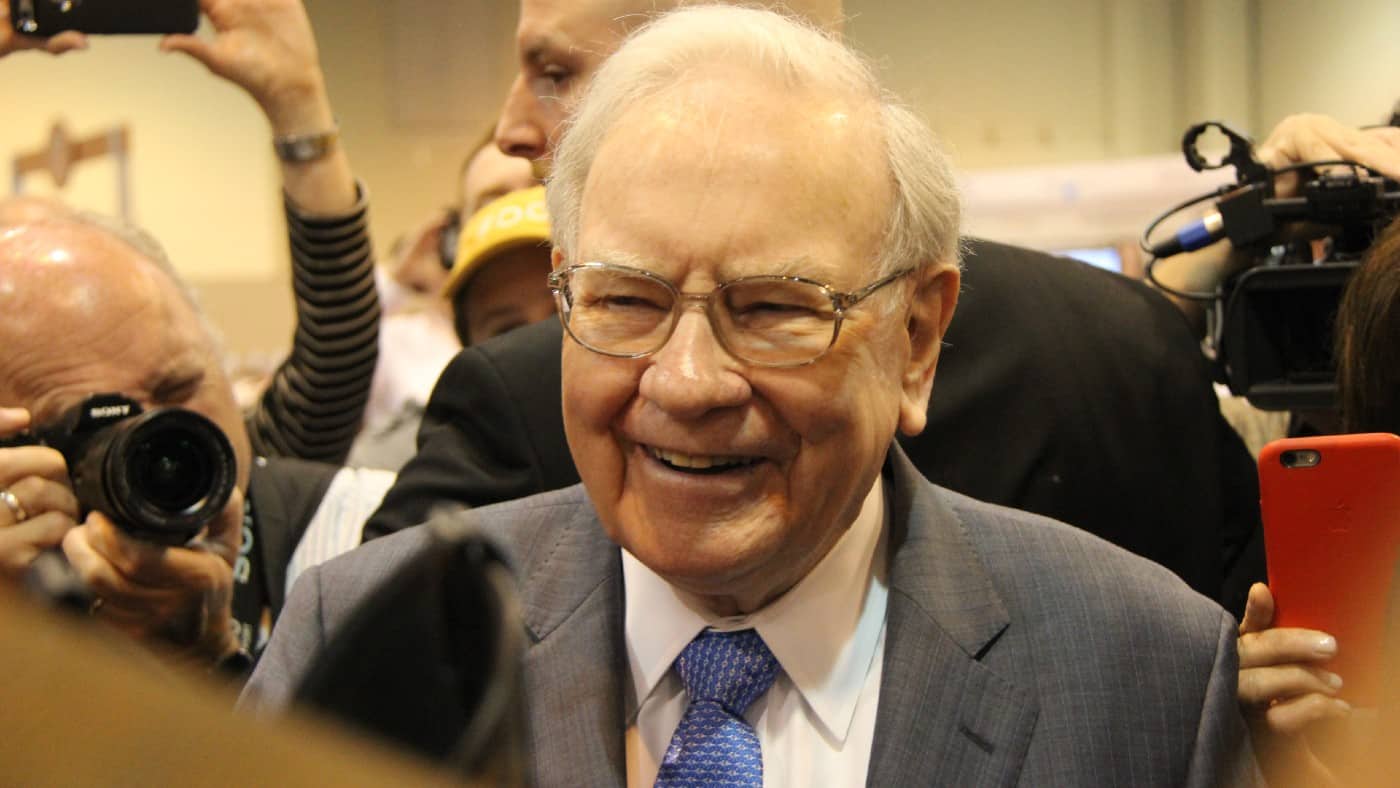Berkshire Hathaway lists two S&P 500 ETFs in its holdings. SPDR S&P 500 ETF and Vanguard 500 Index Fund ETF. It’s true that they represent a tiny fraction of Warren Buffett’s company’s holdings at around $40m, but nonetheless, I find it interesting. Especially, when the Oracle of Omaha so often mentions the benefits for regular investors in holding such funds.
I’ve already invested in an equivalent London-listed ETF for my own portfolio, but with 2022 approaching, I’m revisiting this ETF strategy again.
S&P 500 ETFs
The S&P 500 is widely considered the most important index in the US. It contains 500 large companies that are selected by a committee. Firms must have a big enough market cap, at least 10% of their shares outstanding and meet liquidity and profitability requirements.
Should you invest £1,000 in Vanguard Funds Public Limited Company - Vanguard S&p 500 Ucits Etf right now?
When investing expert Mark Rogers has a stock tip, it can pay to listen. After all, the flagship Motley Fool Share Advisor newsletter he has run for nearly a decade has provided thousands of paying members with top stock recommendations from the UK and US markets. And right now, Mark thinks there are 6 standout stocks that investors should consider buying. Want to see if Vanguard Funds Public Limited Company - Vanguard S&p 500 Ucits Etf made the list?
It includes big-name companies such as Microsoft, Apple and Amazon. In terms of industries, the index includes a variety of sectors such as technology, retailers and banking.
As such an important index and essential barometer of US stock market health, it’s no surprise that there are lots of ETFs available.
The funds I’m interested in for my own portfolio are the ones listed on the London Stock Exchange. These allow me to easily and cheaply buy shares in an S&P 500 ETF using GBP. Most, if not all, of the major investment companies offer such an ETF and there’s just so much choice.
The largest one listed in the UK is iShares Core S&P 500 UCITS ETF at over £40bn. The cheapest one is Invesco S&P 500 UCITS ETF with an ongoing charge of 0.05%.
There’s also the question of dividends. Some of the ETFs pay out dividends, some don’t. Personally, I like the income stream.
For my own portfolio, I’ve previously chosen Vanguard S&P 500 ETF (LSE: VUSA), as this seems to sit in the middle in terms of size ($47m) and costs (0.07%). The Vanguard fund has a current yield of 1.12%.
It’s no secret that over the last two years, the S&P 500 has performed well. This is reflected in the returns of the Vanguard ETF. At the time of writing, the share price is up over 30% for the year with a similar return over a 12-month period. The five-year performance is even better with a return of around 100%.
Should I still invest?
Despite the fantastic returns, looking ahead to next year, there are no guarantees of how the ETF will perform. Questions about inflation, government policy and potential Covid lockdowns are all on the horizon.
One downside of buying the ETF is that I limit my returns to those of the index. I could be wrong, but it’s possible that an uncertain market creates opportunities. By picking individual stocks I might be able to outperform it.
Also, this fund and the index itself only include US companies. Yes, many of these companies have revenue streams from outside the States, but the percentage has been falling over time.
However, on balance, going into 2022 I’m still comfortable including an S&P 500 ETF in my holdings as part of a diversified portfolio.








